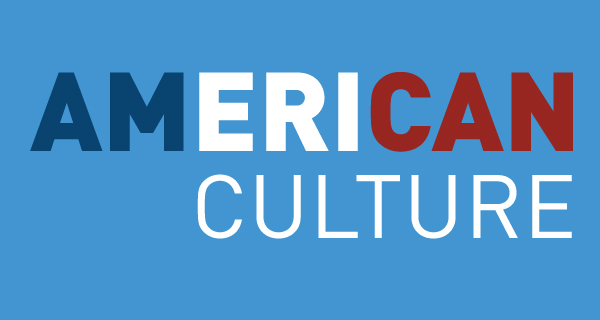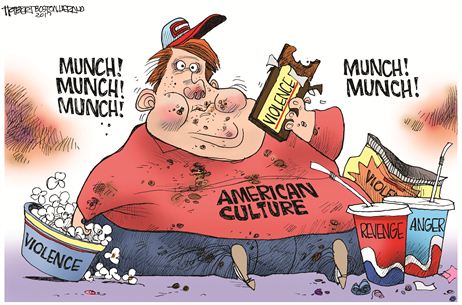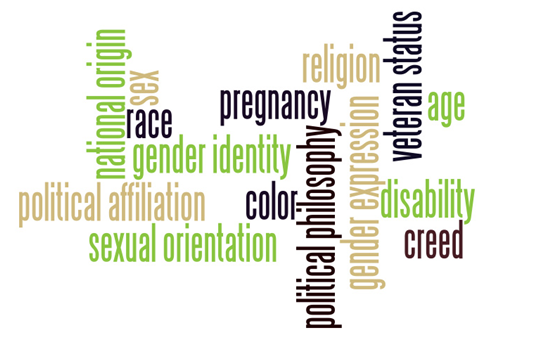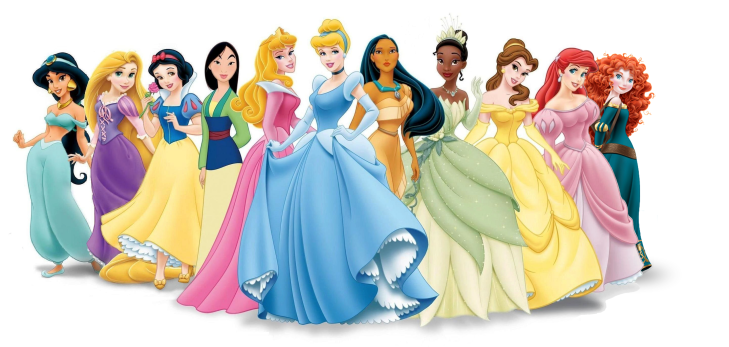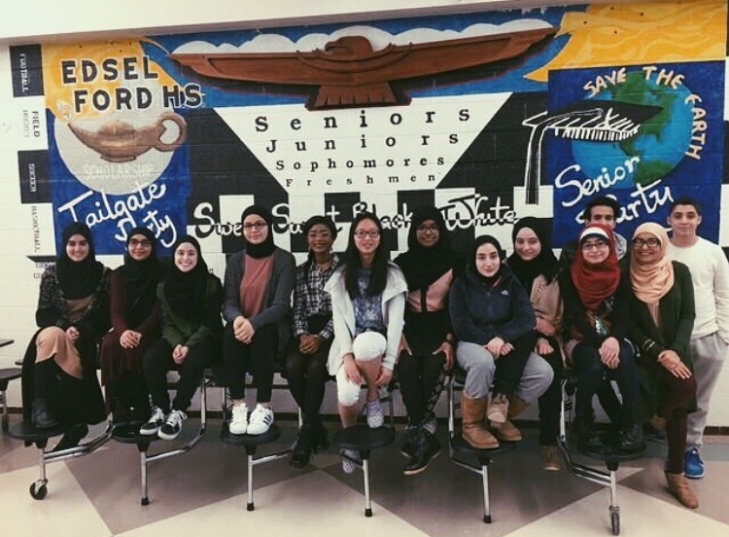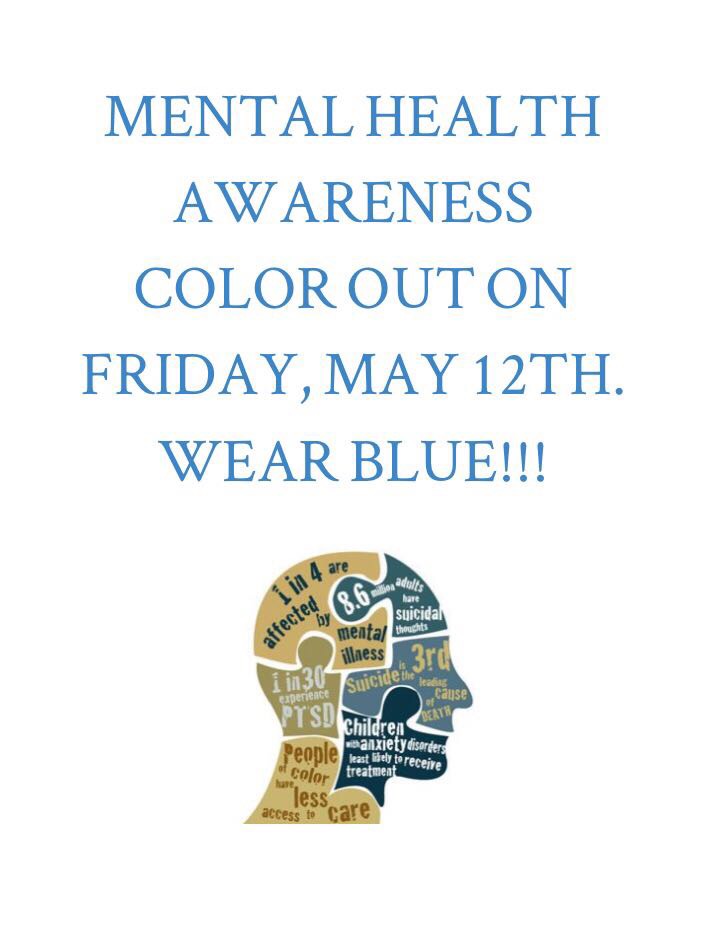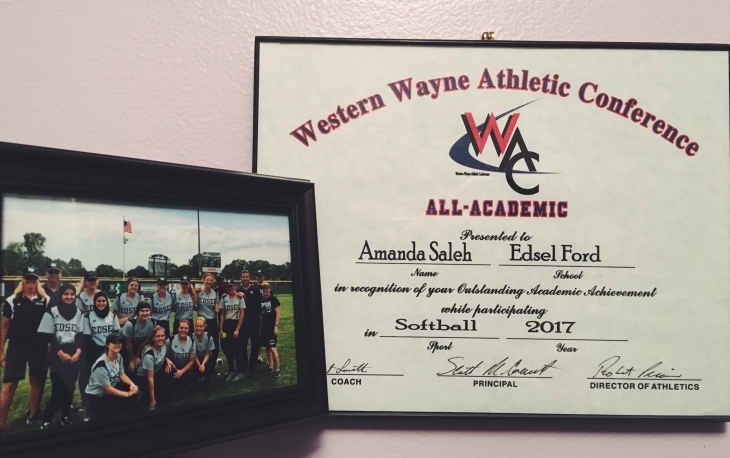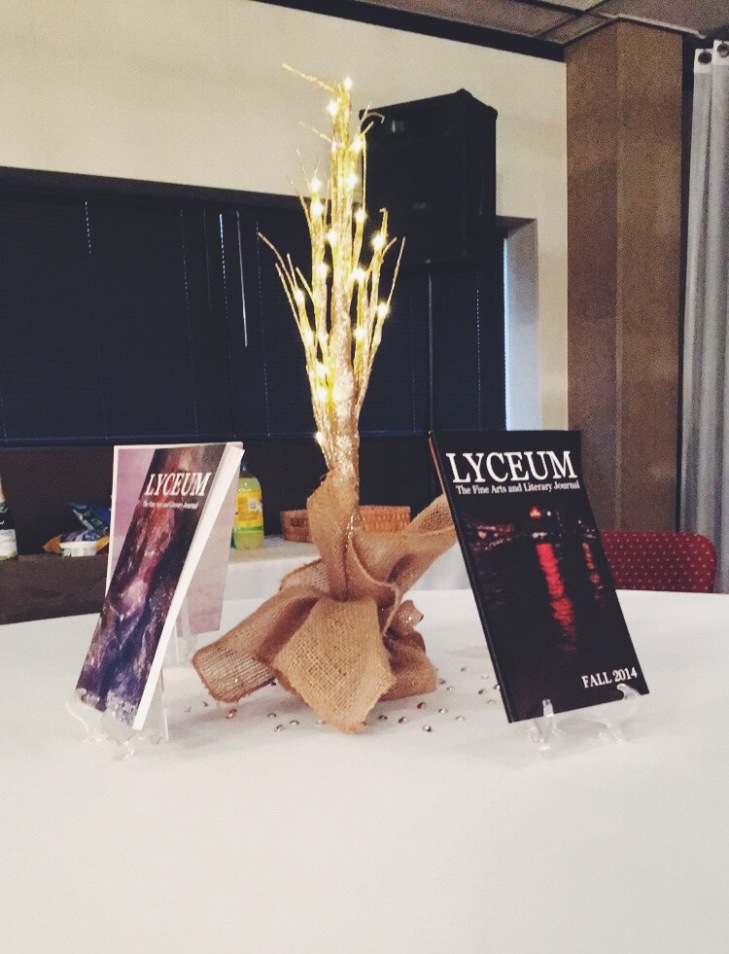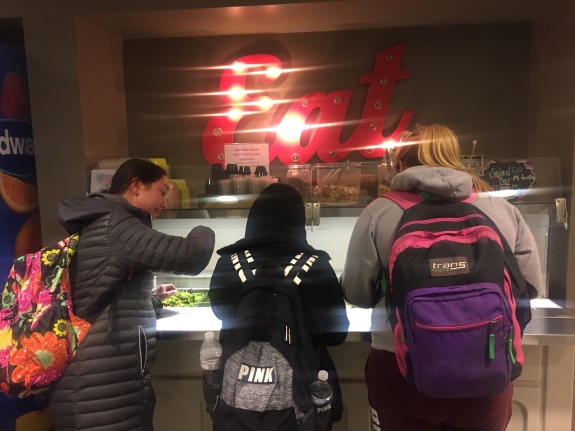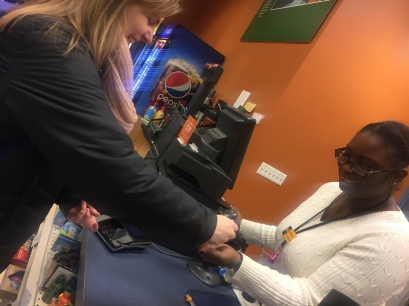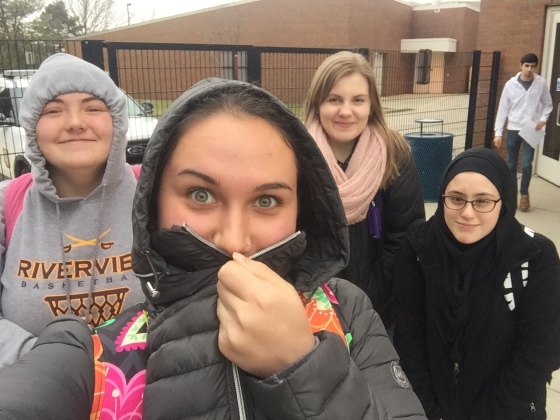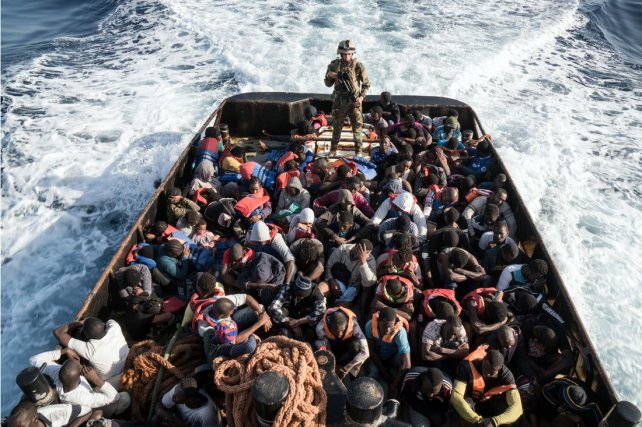Iwo Jima during WWII (left) and Ground Zero, NY, after 9/11 (right)
The American flag exists with much meaning as its two most powerful symbols are victory and honor. It contains thirteen horizontal stripes of alternating colors: red and white; and it has 50 stars that represent the fifty states of America. Despite the flag being one of the most important materialistic symbols in U.S. history and in the world today, it still carries the energy to be heavily critiqued.
When six U.S. marines raised the flag on Iwo Jima during WWII, it was clear that that was a sign of winning the battle. It didn’t seem disrespectful, did it? Was this just a way of celebrating a genuine win or a way of showing that they have yet again beat another country in war? Similarly, after 9/11 took place and over two thousand lives were lost, the flag was put up to honor them. But even this can be looked at with controversy and a little bit of conspiracy: Was it really put up to honor them? To reclaim power and confidence that they feel like they’ve lost? Or to cover what may have been an inside job (despite it being out of the workers’ knowledge)?
It is quite interesting to note that despite the different situations in the pictures, the flag is being put up in areas of destruction. This can be looked at in two ways: destruction that they have caused and/or destruction that has been done to them.
It is logical and self-evident that when an area causes another area to fall apart, the question of “why” is asked. It is a possibility that fighting in the Battle of Iwo Jima was necessary in order to keep America safe. It is also a possibility that America may have either fought a battle that they had intrigued or that they had no place being in in the first place. And this is not an attack on America, itself – just a critical analysis of the government’s actions. It is more than likely that the flag was placed with pure intention and greatness in regards to conquering the battle, which is something worthy of celebration.
After the occurrence of 9/11, the world was in shock, and grief was at the center of the lives of many. Psychologically, the only thing that people wanted to do and knew how to cope was to stand together and honor the victims lost in the tragedy. So, it makes sense that the flag was put up in the middle of the rubble. When soldiers and officers die in war or on duty, they are given much honor and respect in the name of America and what it typically stands for: freedom and independence. They are remembered knowing that they have made an impact on the world fighting for those two qualities so that their people are safe.
However, American flags aren’t only shown in times of victory and hardship; they are shown everywhere and anywhere. They are displayed outside of companies (e.g. Ford), public places (e.g. Henry Ford Centennial Library), schools, etc. Does this display too much honor or a lack of self-confidence or both? Does it make one want to poke at it with a stick and see what’s under? Does this play any factor when analyzing 9/11 and the many scientific and computational studies that have been done suggesting that there was help on the inside? These are all interesting questions.

In The Theory Toolbox, Nealon and Giroux state that subjects and cultures influence each other at the same rate (Nealon and Giroux, 53). This certainly holds truth as subjects are dependent on the development of culture, and the development of culture is dependent on subjects. The American flag in the picture above depicts all of the companies and brands that shape our culture. What is popular and of high demand is what makes up the culture of America. Those in power give the people what they want: either by evaluating a need or want through observation and analysis or by showing the public that they do, indeed, need or want a certain thing.
Using a praised, materialistic item when critiquing social norms is not disrespectful as it highlights key points that society should be paying attention to. The word “sold” written on the flag shows how much America is moved by money and the economy. It shows that these brands and companies not only keep us going on a daily basis, but we keep them going, as well.
In conclusion, the U.S. flag is an item of great importance, carrying honor and dignity, but it is also an item worthy of critique. The flag is used for various scenarios and can carry a different symbol depending on the event. Although facts are facts, and America is a great place to be, people in society must still look in between the lines (pun intended) and look beyond what is written or said by others and/or new stations.
Source(s):
Nealon, Jeffrey T. and Giroux, Susan S. The Theory Toolbox: Critical Concepts for the Humanities, Arts, and Social Sciences. Lanham: Rowman & Littlefield Publishers, 2003. Print.


